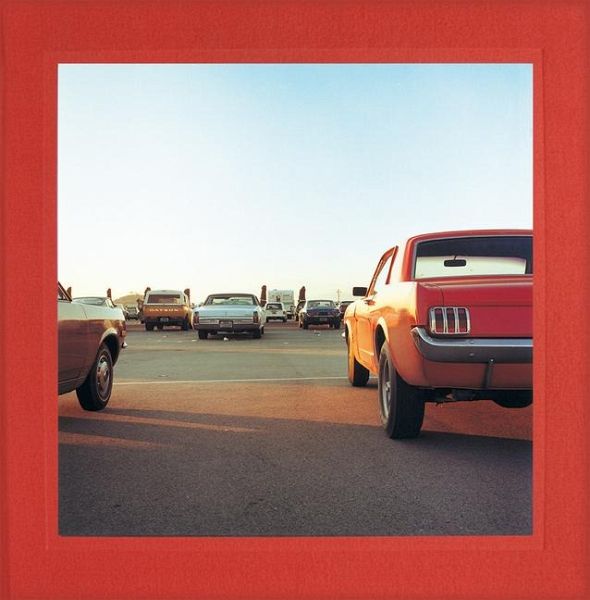
William Eggleston: 2 1/4
Versandkostenfrei!
Versandfertig in 2-4 Wochen
78,99 €
inkl. MwSt.

PAYBACK Punkte
39 °P sammeln!
Born and raised in Mississippi and Tennessee, William Eggleston began taking pictures during the 1960s after seeing Henri Cartier-Bresson's The Decisive Moment. In 1966 he changed from black and white to color film, perhaps to make the medium more his own and less that of his esteemed predecessors. John Sarkowski, when he was curator of photography at the Museum of Modern Art, called Eggleston the "first color photographer, " and certainly the world in which we consider a color photograph as art has changed because of Eggleston. From 1966 to 1971, Eggleston would occasionally use a two and one quarter inch format for photographs. These are collected and published here for the first time, adding more classic Eggleston images to photography's color canon.
A tribute to Eggleston's brief experimentation with pocket-sized photographs Born and raised in Mississippi and Tennessee, photographer William Eggleston began taking pictures in the early 1960s after reading Henri Cartier-Bresson's The Decisive Moment. After switching from black-and-white film to color film in 1966, he occasionally used a two and one quarter inch format for photographs. This collection of square snapshots from 1966 to 1971 invokes the intimate quality of Eggleston's work, while maintaining the vibrance and skill that led Museum of Modern Art curator John Szarkowski to call him "the first color photographer." This attractive clothbound, square-shaped hardcover volume includes 45 four-color plates with text by Los-Angeles based novelist and screenwriter Bruce Wagner. Now in its ninth edition, 2 1/4 adds more classic Eggleston images to the canon of color photography. William Eggleston (born 1939) encountered photography and abstract expressionism while studying at Vanderbilt and the University of Mississippi. Inspired by the work of Robert Frank and Henri Cartier-Bresson, Eggleston began working with color film in the 1960s and is credited with popularizing its use among artistic photographers. His work can be found in the collections of the Art Institute of Chicago, the Museum of Modern Art, New York and the Whitney Museum of American Art.


